Terrifying solar storm coming to Earth! Sunspot set to spark X-class solar flare explosion today
The Earth could be on the brink of suffering a a blow from a massive solar storm that is in-the-works as multiple sunspots are ready to blast an X-class solar flare today, January 12.
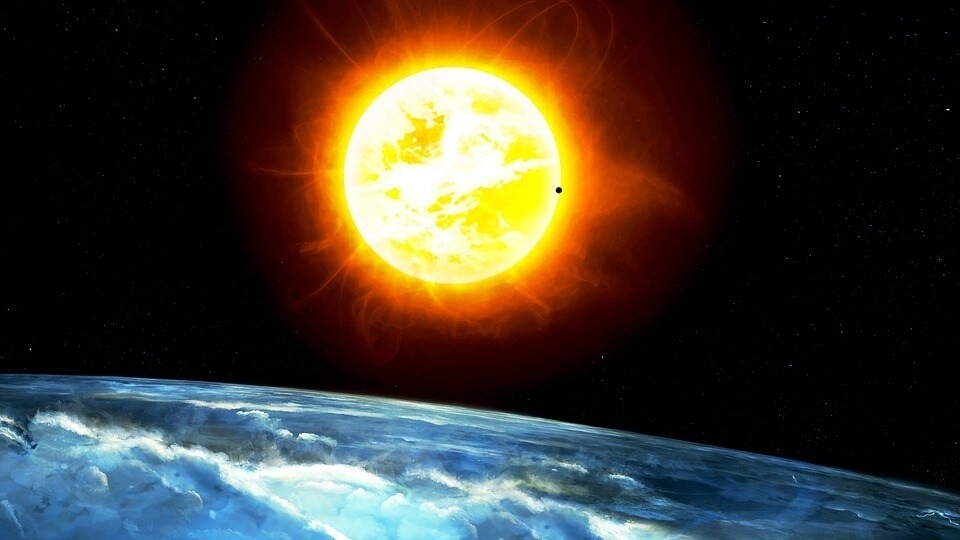
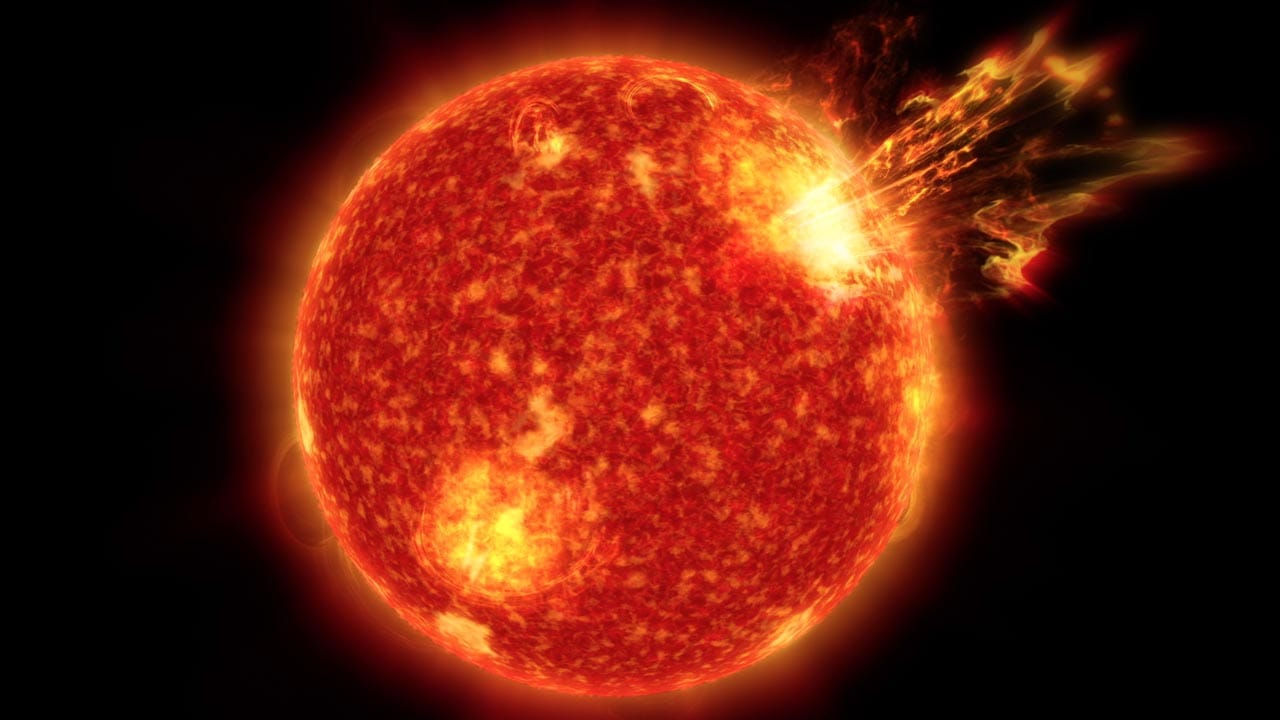
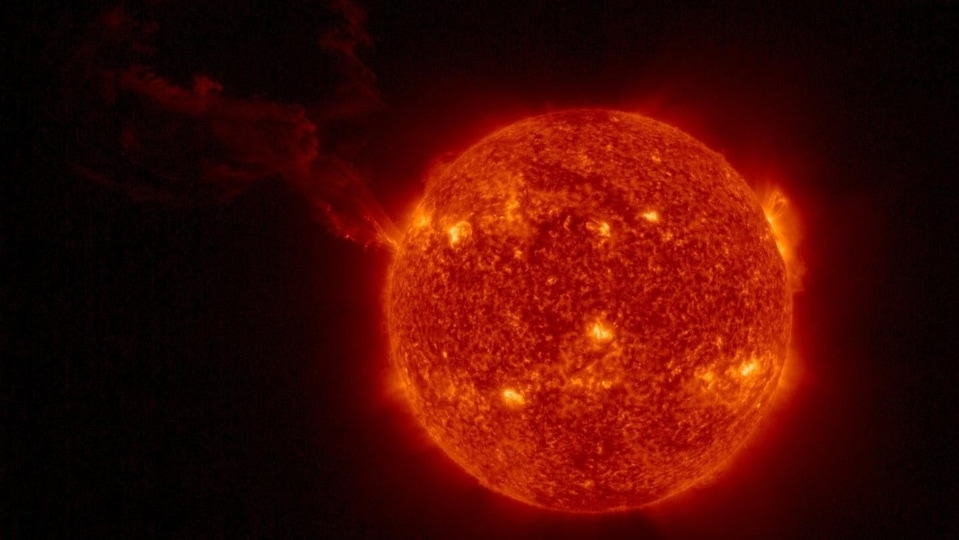
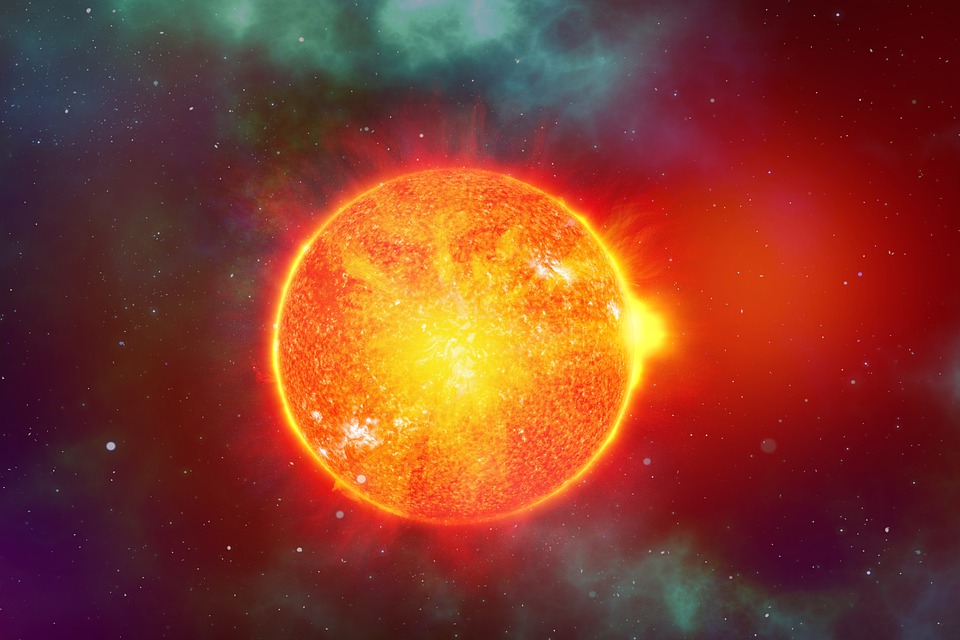
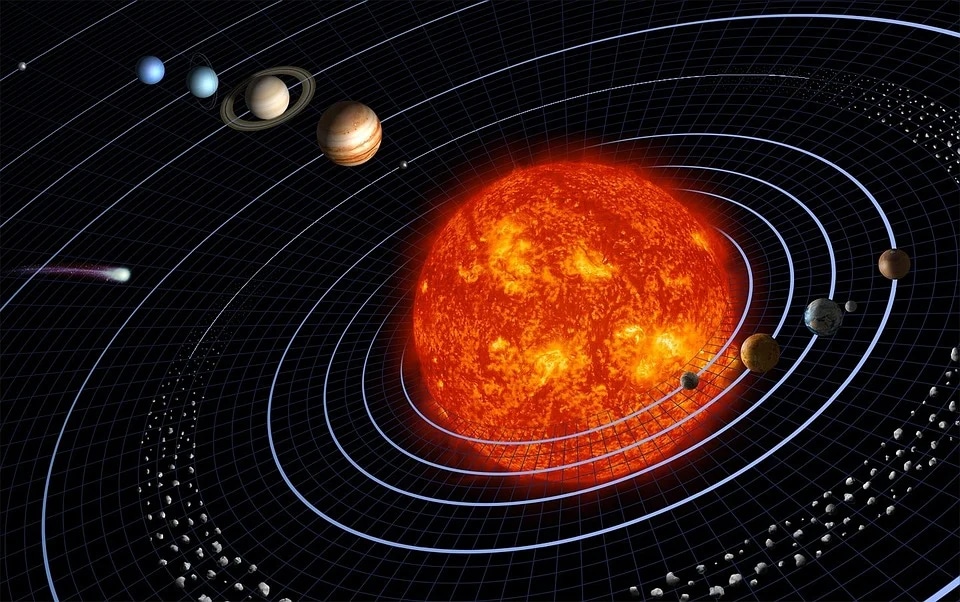
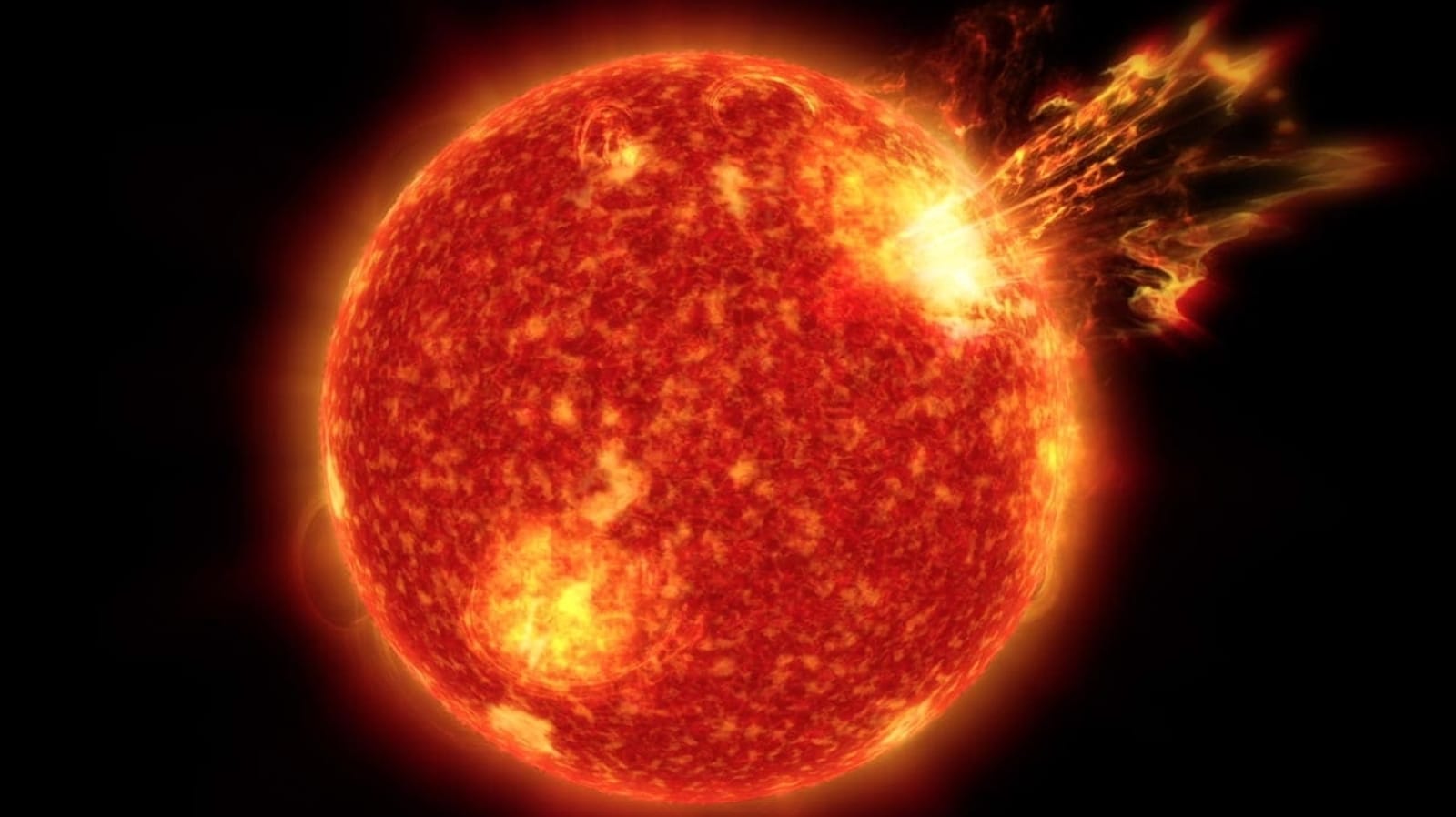
 View all Images
View all ImagesLast week was terrifying for the Earth. First a solar storm struck the Earth and caused GPS disruption across the affected regions and then two X-class solar flare eruptions caused shortwave radio blackouts in Australia, New Zealand and South America. But it seems that the troubled times are not yet over for our planet. Reports suggest that multiple unstable sunspots have emerged on the Earth-facing side of the Sun which can blast another X-class solar flare towards the Earth today, January 12. In fact, the National Oceanic and Atmospheric Administration predictions suggest that there is a 70% chance of a solar flare eruption. Read on to know more.
The report comes from SpaceWeather.com which mentions on its website, “It seems like every spot on the sun wants to flare. In the past week alone, three different sunspots have produced X-flares, and even more are crackling with M-class flares. With unstable sunspots scattered across the face of the sun, the chance of a geoeffective flare today is greater than 70%”.
Solar flare scare for Earth, yet again
The Earth now anticipates a fourth solar flare eruption from the Sun in under 10 days (a total of three have already gone off, two of which were Earth-directed). The current trend has also shown that the solar flare eruptions are getting progressively stronger. This means soon, we may be faced with a Carrington event level threat. For the unaware, Carrington event took place in 1859 during solar cycle 10 when such a powerful solar storm struck the Earth that caused telegraph systems to malfunction and shock the operators. Even power grids were damaged.
With modern technology and a high reliance on Earth-orbiting satellites, a similar solar storm can be devastating. From GPS destruction, power grid failure, mobile network and internet disruption and even malfunctioning crucial electronic devices such as pacemakers can really bring our planet to a standstill.
How NOAA tracks the Sun
While many space agencies from NASA with its Solar Dynamics Observatory (SDO) to National Oceanic and Atmospheric Administration (NOAA) keep track of Sun-based weather phenomena, one that particularly stands out is the DSCOVR satellite by NOAA. The satellite became operational in 2016 and tracks different measurements of the Sun and its atmosphere including temperature, speed, density, degree of orientation and frequency of the solar particles. The recovered data is then run through the Space Weather Prediction Center and the final analysis is prepared.
Catch all the Latest Tech News, Mobile News, Laptop News, Gaming news, Wearables News , How To News, also keep up with us on Whatsapp channel,Twitter, Facebook, Google News, and Instagram. For our latest videos, subscribe to our YouTube channel.





























